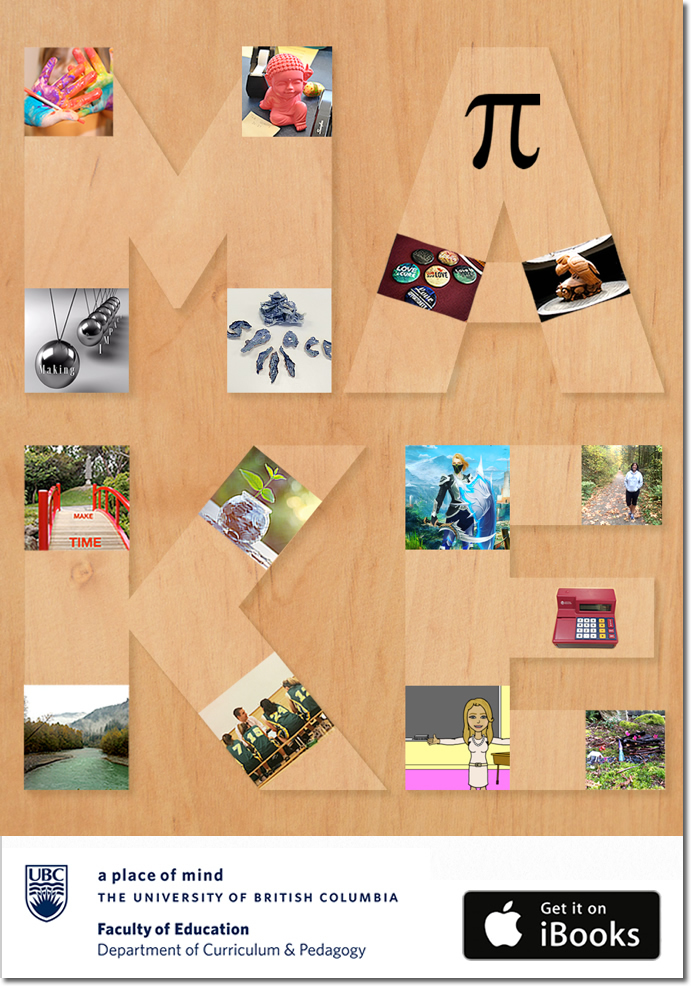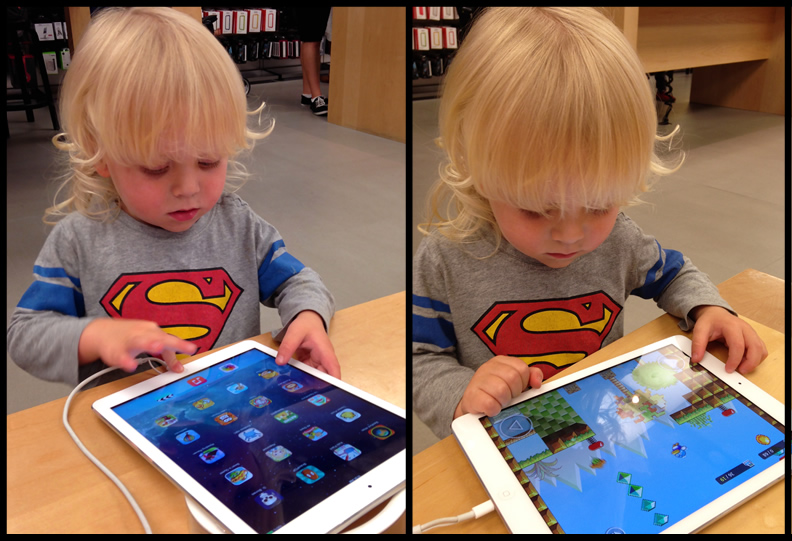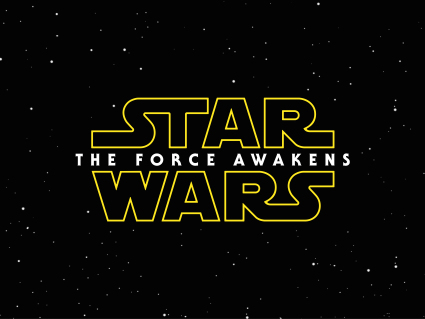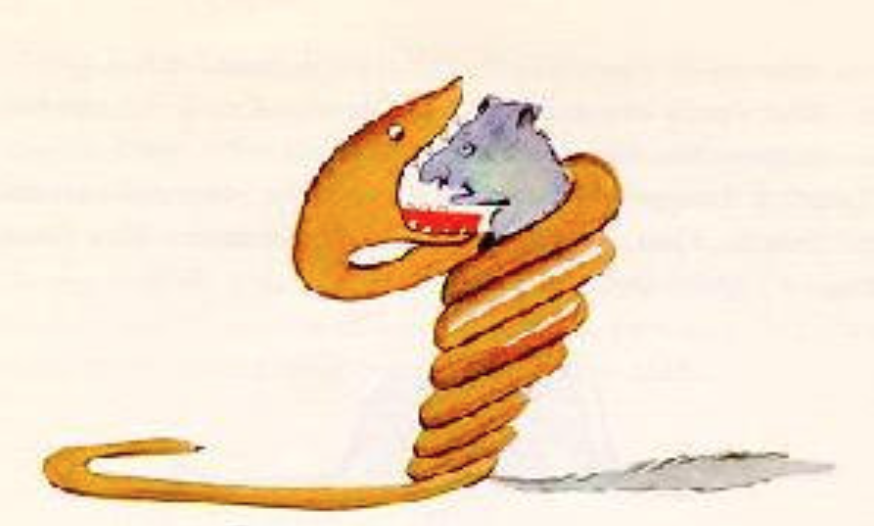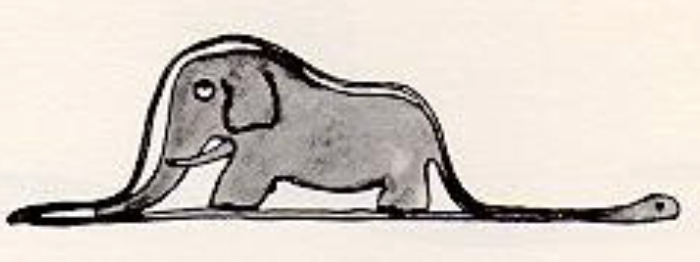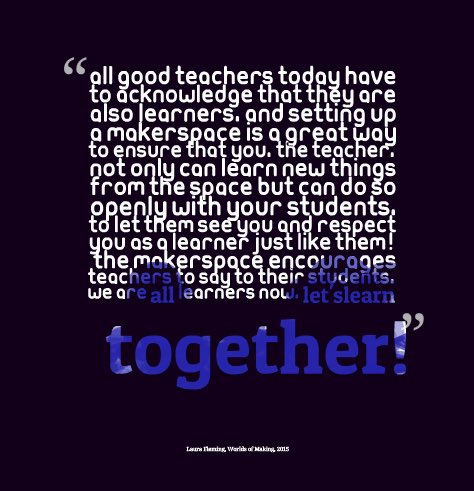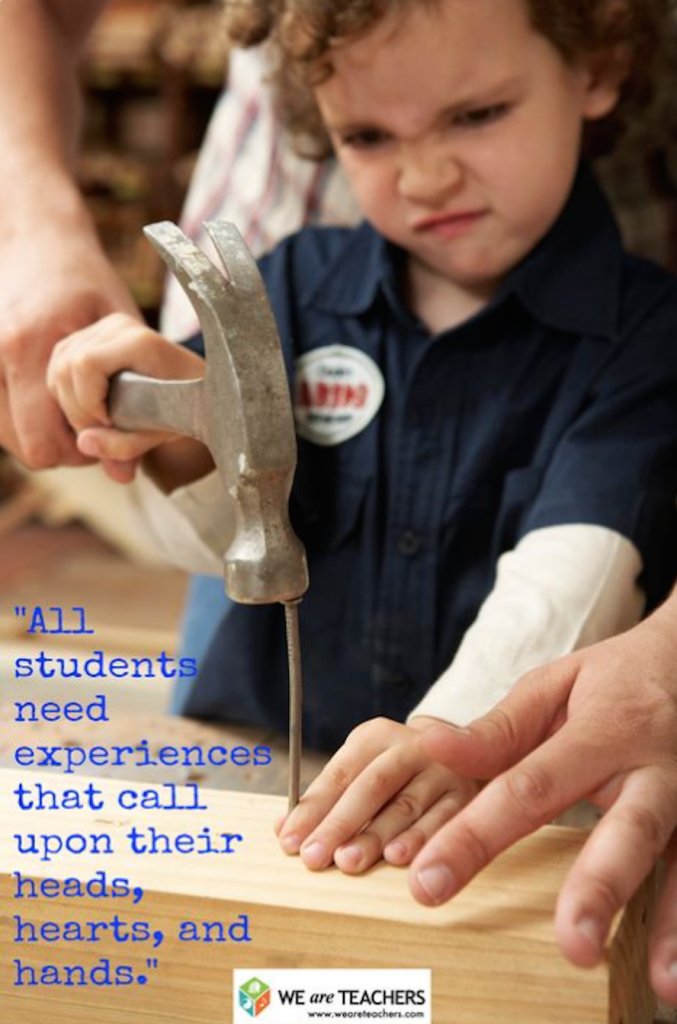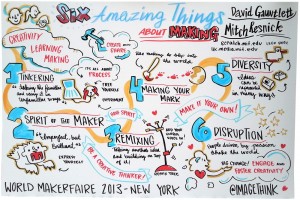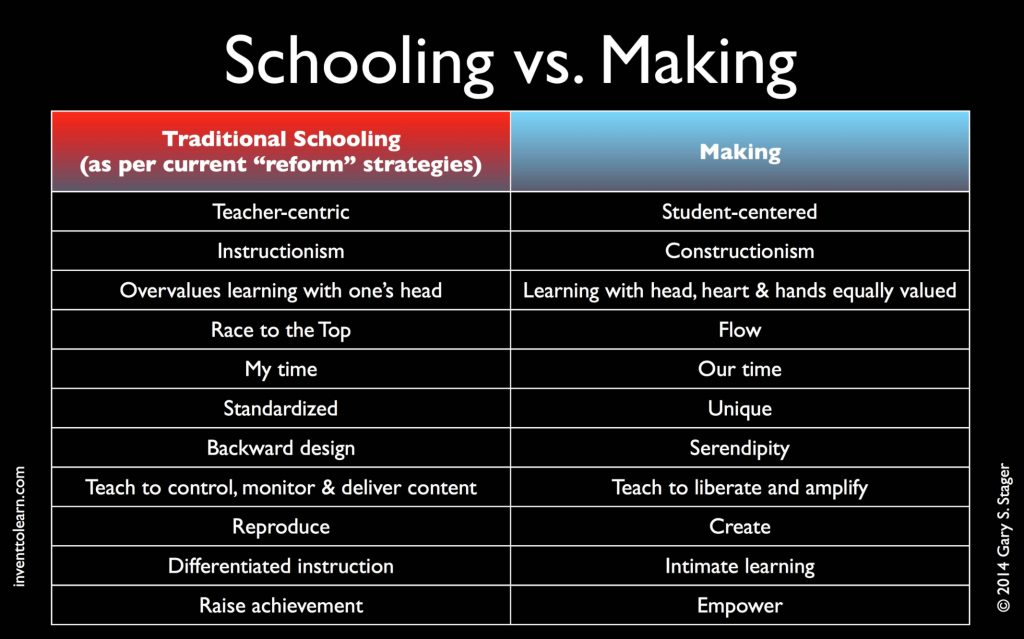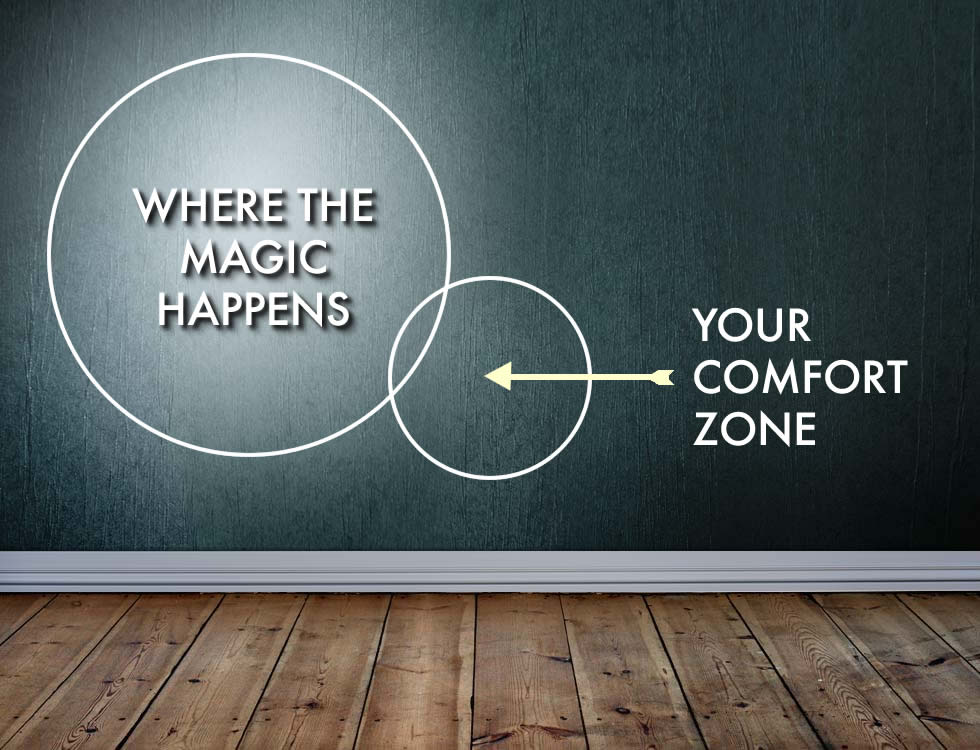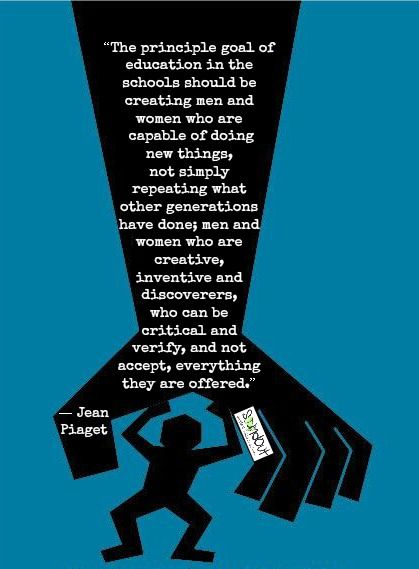Teachers, here’s a powerful opportunity to engage your students in a shared mission of creating a better future with human flourishing for all. Face the Future: A game for social change.
Set in the year 2026, the game imagines the future of empathy and social change. It explores how new technologies may make it possible for us to *literally* feel each others’ feelings as if they were our own. If you are a middle-years or high school teacher, please sign up for more information and please SHARE THIS WITH YOUR NETWORK! The online game will take place November 13–14, 2016.

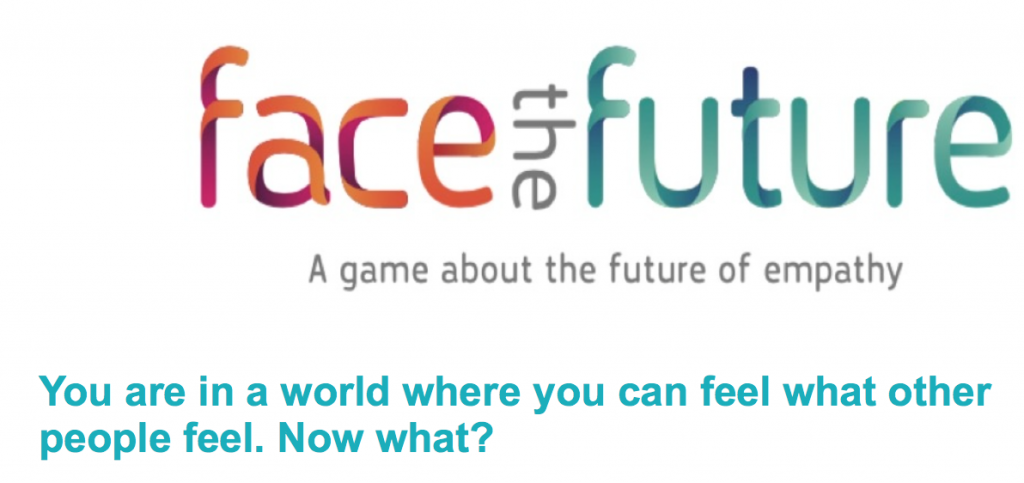
 Follow
Follow